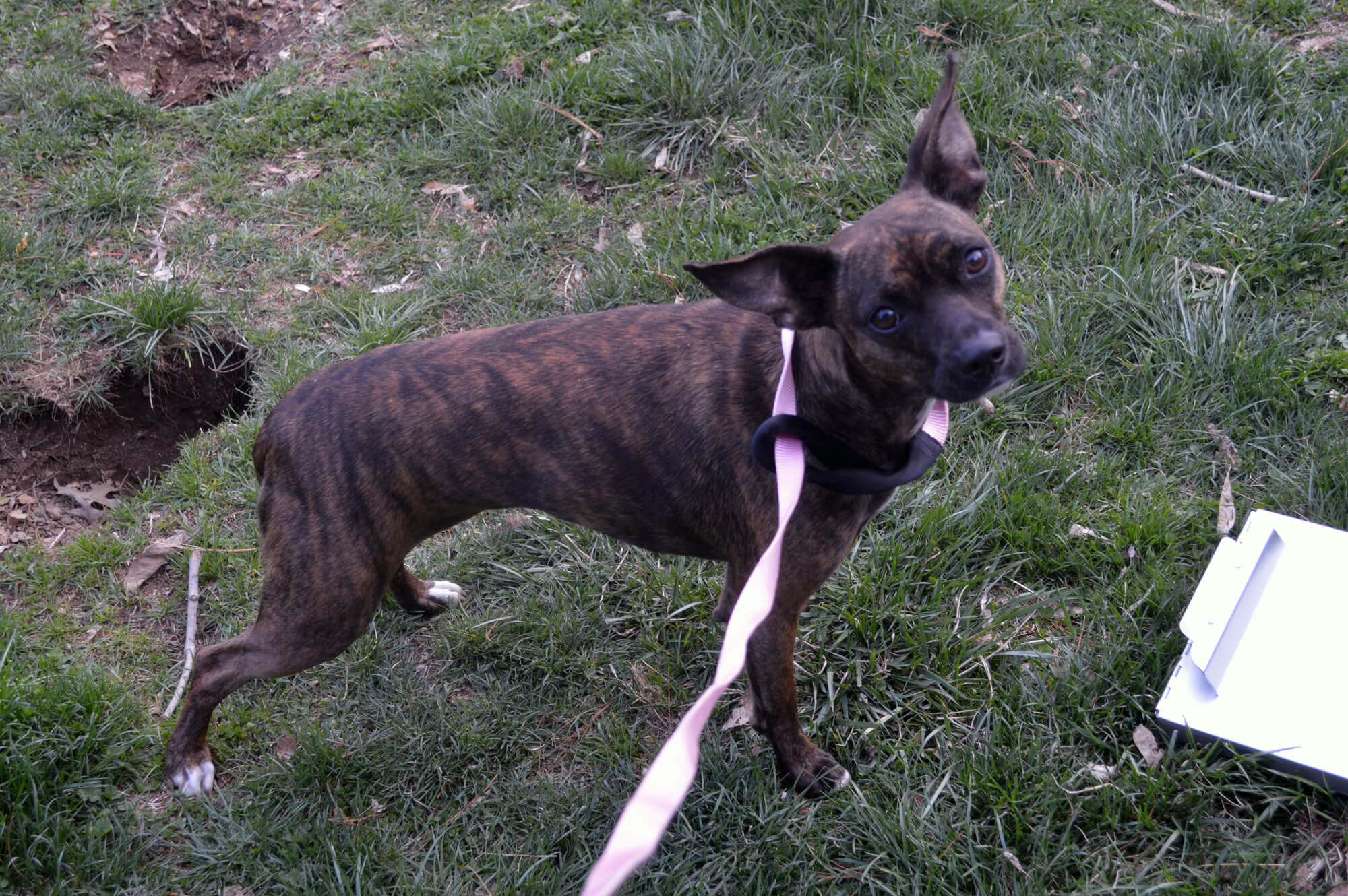
The Leash
Nowadays, the most common image of people walking dogs seems to be of a dog out front on a tight leash pulling ahead with the owner walking submissively behind the pulling dog. Or worse, of a dog not only pulling, but lunging or jumping frantically in an effort to move forward. So common is this scenario, that one scarcely notices it. But is it really normal? In my opinion, it should not be.
What I teach my clients and students is that the leash is not for restraint; the leash is for communication. Put another way, the leash is a representative of the energy in the space (proximity) between you and your dog. If there is pressure on the leash, there is pressure on the proximity (i.e. the dog would be leaving except for the restraint of the leash).
So how does one use a leash to communicate effectively? The first rule is that there should be absolutely no pressure except for corrections. The corrections should be quick, and sharp enough to bring the dog into place and immediately release all pressure. This should be done as often as necessary until the dog gets the message and ceases pressuring the leash. Of course, that means that the handler must be aware of the pressure and present enough to engage the dog to make it stop. The owner must also be insistent and persistent.
As I mentioned above, the leash is a physical representation of the energy between you and your dog. If that energy is peaceful and the dog is cooperative, the leash will be loosely hanging or swinging. If the energy is stressed (no matter the reason), the leash will represent that stress by being tight and straight. Take care that you are not creating stress by inadvertently holding the leash tight. Relax. Loosen and relax your shoulder and arm holding the leash. Pay attention to where the dog is in relation to you and correct that positioning as often as necessary. If the dog is pulling, be careful not to surrender by moving toward the dog. Rather you should quickly and sharply bring the dog into place with a leash correction that immediately relaxes as the dog returns to the proper position.
In this way, the leash can be a way of 'touching' your dog to get his attention or to correct unwanted behaviors. Done properly, you will be able to walk your dog without being pulled or experiencing fatigue borne of struggle.
who you are to your dog is everything ...
Shawn Hines
~ Jan 26, 2019
